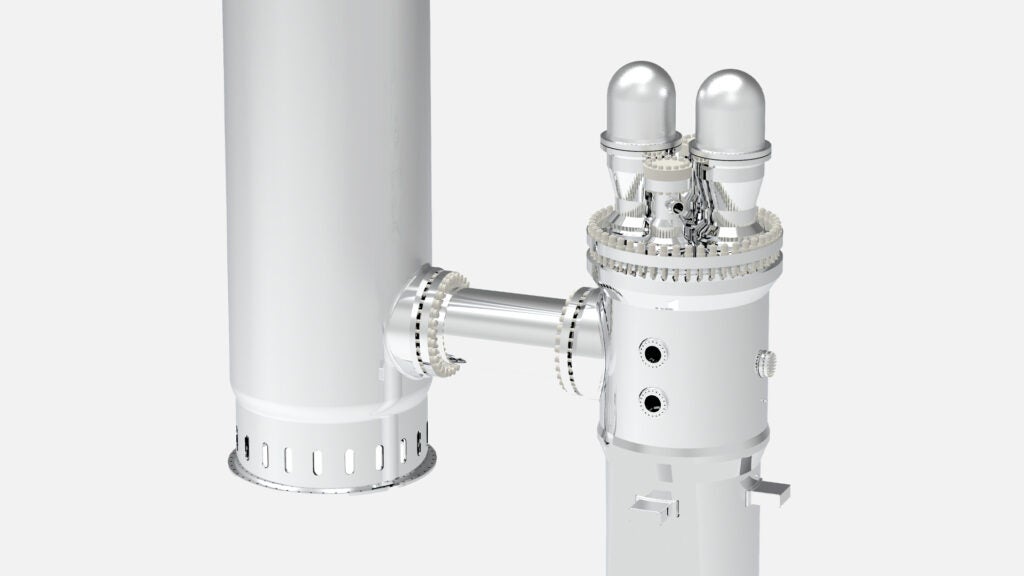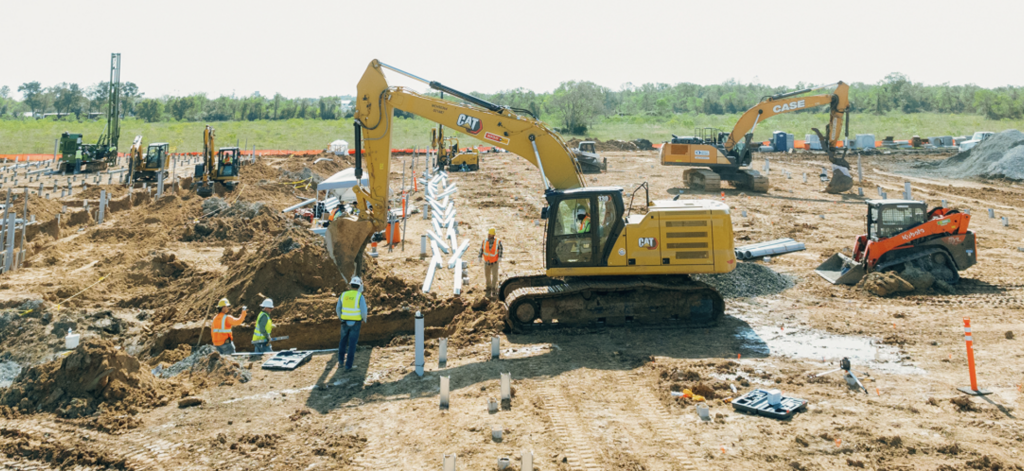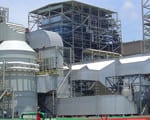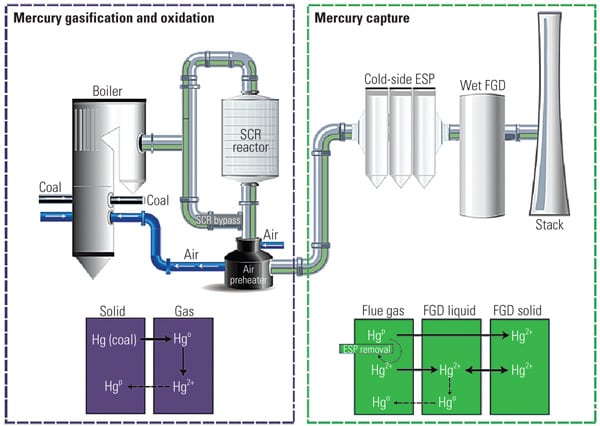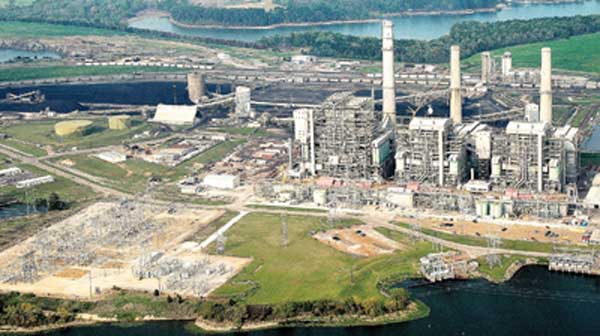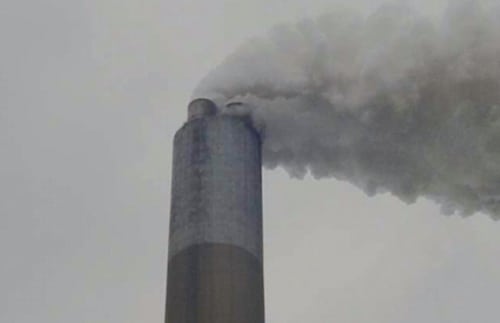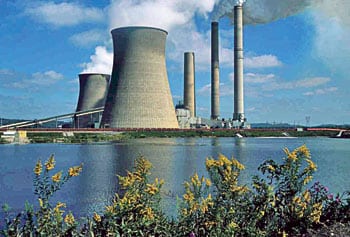Authors:
Shannon Brown, Daniel Johnson, Richard DeVault, Joseph Mitchell, and Garrett Pavlovicz; Babcock & Wilcox Power Generation Group, Inc. (Ohio and Illinois, U.S.)
Bill Kennedy, Duke Energy (North Carolina, U.S.)
Presented at:
Power Plant Pollutant Control “MEGA” Symposium, 2014 (Maryland, U.S.)
Abstract:
While the industry is aware that variations in both boiler load and fuel have impacts on combustion processes, recent observations have shown that these changes also have significant effects upon limestone forced oxidation (LSFO) wet flue gas desulfurization (WFGD) unit operations and their associated effluents and emissions. Some WFGD units, when subjected to load swing, exhibit a much different chemistry than when run under steady conditions, particularly mercury and selenium liquid-solid phase partitioning, and the oxidative potential of the slurry. Such changes in chemistry must be considered as part of waste water management strategies. Concurrently, significant changes in WFGD chemistry associated with operational load swings can transiently result in increased mercury emissions if left unchecked. Mitigation strategies are under development to address the observed impacts that both low and swinging load operations have on WFGD chemistry, oxidation reduction potential (ORP), unit operation, mercury emissions and effluent composition.
Click Download to view full paper.




